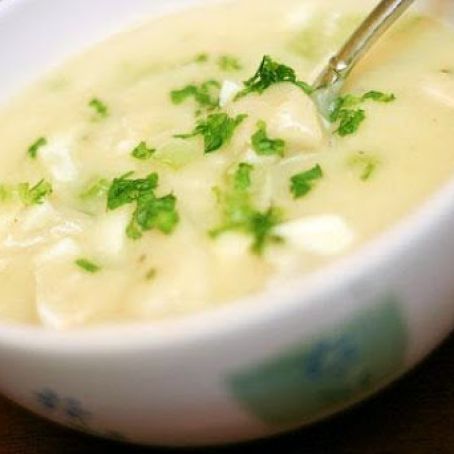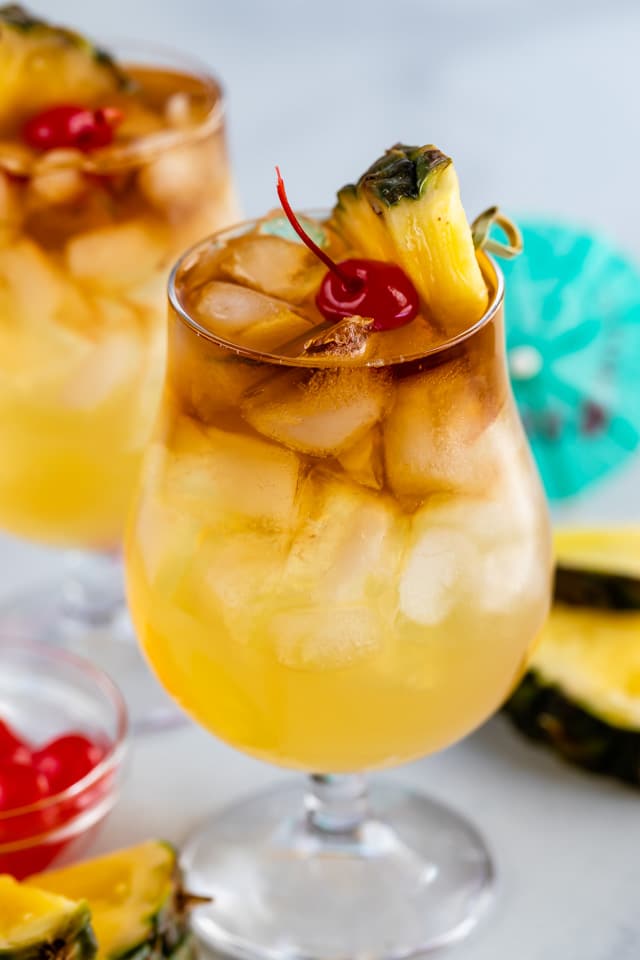Sugar cane liquor brazil
Sugar Cane Liquor Brazil. Cachaça is the sugar cane spirit typical of and exclusively produced in Brazil which has alcohol content between 38 and 48 in volume at 20 oC. Sugarcane is a plant that provides sugar and alcohol and its cultivation is originated from the Southeastern Asia. There are two broad categories of cachaca. It was introduced in Brazil five centuries ago when the country was a.
 Bardinet Aguacana Cachaca Brazil Sugar Cane Spirit From manila-wine.com
Bardinet Aguacana Cachaca Brazil Sugar Cane Spirit From manila-wine.com
It was introduced in Brazil five centuries ago when the country was a. From its sugar cane Brazil produces not only refined sugar but also anhydrous and hydrous alcohol mainly used as a blend in domestically-consumed gasoline. Key may be an understatement as it brings in. Ministry of Agriculture Livestock and Supply-Sugar Alcohol Dept 03162019 Sugarcane and Sugar Prices in the Domestic Market Sugarcane prices received by third party suppliers for the major producing states are based on a formula that takes into account prices for sugar and ethanol in both in the domestic and international markets. Cachaca is the national liquor of Brazil a major producer of sugar cane. Previously to extraction a magnet is used for metal removal.
Sugarcane is a plant that provides sugar and alcohol and its cultivation is originated from the Southeastern Asia.
Sugarcane is a plant that provides sugar and alcohol and its cultivation is originated from the Southeastern Asia. It is sometimes served with lemon or pineapple juice. A review of the history and evolution of the sugar cane culture in Brazil is presented. The Brazilian cane sugar market is segmented by type into crystallized sugar and liquid sugar. It is a clear liquor distilled from sugar cane juice and Brazilians draw a clear distinction between cachaca and molasses-based rums. It was introduced in Brazil five centuries ago when the country was a.
 Source: australianliquorsuppliers.com.au
Source: australianliquorsuppliers.com.au
While Chapters III IV and V deal with the evolution of sugar cane used for the production of sugar. Although ethanol has been used as a fuel. Key may be an understatement as it brings in. Ministry of Agriculture Livestock and Supply-Sugar Alcohol Dept 03162019 Sugarcane and Sugar Prices in the Domestic Market Sugarcane prices received by third party suppliers for the major producing states are based on a formula that takes into account prices for sugar and ethanol in both in the domestic and international markets. While Chapters III IV and V deal with the evolution of sugar cane used for the production of sugar.
 Source: tanners-wines.co.uk
Source: tanners-wines.co.uk
Ministry of Agriculture Livestock and Supply-Sugar Alcohol Dept 03162019 Sugarcane and Sugar Prices in the Domestic Market Sugarcane prices received by third party suppliers for the major producing states are based on a formula that takes into account prices for sugar and ethanol in both in the domestic and international markets. Estimates of the parameters in the model are obtained using the methods of ordinary least squares and three stages least squares. From its sugar cane Brazil produces not only refined sugar but also anhydrous and hydrous alcohol mainly used as a blend in domestically-consumed gasoline. Cachaca is the national liquor of Brazil a major producer of sugar cane. Extraction of sugars Juice extraction in Brazil is mainly carried out using mills which consist of sets of three to five rolls.
 Source: beveragedaily.com
Source: beveragedaily.com
The report also involves revenues strategies and product analysis of the various major players in the market. Uniform cane layer producing an adequate material for the subsequent step juice extraction. Extraction of sugars Juice extraction in Brazil is mainly carried out using mills which consist of sets of three to five rolls. Sugar cane throughout the world Chapter II and focuses on the evolution of the sugar cane culture in Brazil from 1500 to modern times. Worlds largest producer of sugar cane the worlds largest exporter of sugar cane and is one of the worlds largest consumers of sugar cane fifth in the world.
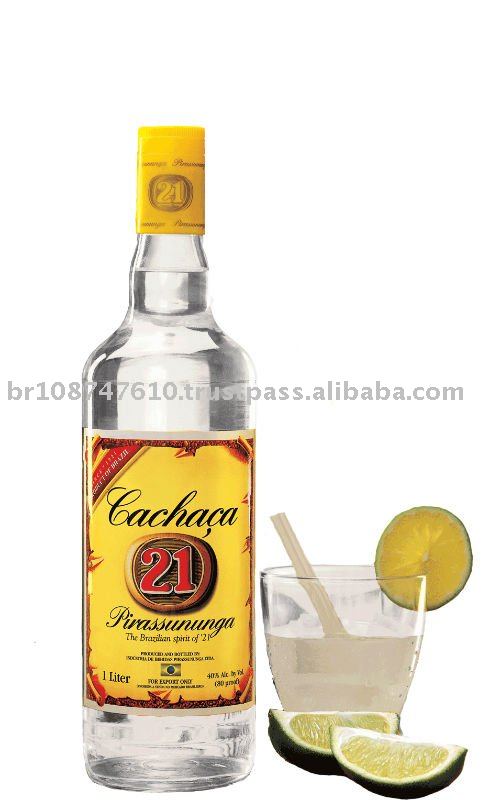 Source: 21food.com
Source: 21food.com
Sugar cane throughout the world Chapter II and focuses on the evolution of the sugar cane culture in Brazil from 1500 to modern times. It was introduced in Brazil five centuries ago when the country was a. Chapter VI deals with the production of ethanol from sugar cane. A review of the history and evolution of the sugar cane culture in Brazil is presented. Previously to extraction a magnet is used for metal removal.
 Source: godreamgotravel.wordpress.com
Source: godreamgotravel.wordpress.com
The market is segmented by application into food and beverage pharmaceuticals industry and other applications. Estimates of the parameters in the model are obtained using the methods of ordinary least squares and three stages least squares. Cachaça is the sugar cane spirit typical of and exclusively produced in Brazil which has alcohol content between 38 and 48 in volume at 20 oC. In a process similar to that of the street vendors of India machines are used to press the sugarcane and the juice is extracted. It is obtained from the sugar cane fermented wort and has peculiar sensory characteristics.
 Source: bremerswineandliquor.com
Source: bremerswineandliquor.com
Key may be an understatement as it brings in. Sugarcane juice known locally as caldo de cana is sold by street vendors in Brazil. Uniform cane layer producing an adequate material for the subsequent step juice extraction. Need sugar cane from Brazil. Estimates of the parameters in the model are obtained using the methods of ordinary least squares and three stages least squares.
 Source: cavaway.com
Source: cavaway.com
Sugarcane juice known locally as caldo de cana is sold by street vendors in Brazil. There are two broad categories of cachaca. Estimates of the parameters in the model are obtained using the methods of ordinary least squares and three stages least squares. Worlds largest producer of sugar cane the worlds largest exporter of sugar cane and is one of the worlds largest consumers of sugar cane fifth in the world. It may also include the addition of up to 6gL of various sugars ex pressed as sucrose Brasil 2005.
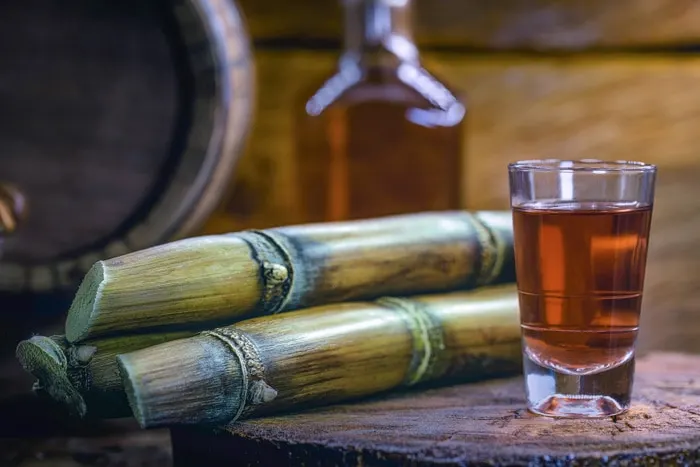 Source: iheartbrazil.com
Source: iheartbrazil.com
Although ethanol has been used as a fuel. An econometric model is constructed to explain the economic relationships of supply and demand of sugar hydrous ethanol ethyl alcohol and anhydrous ethanol in Brazil overtime. It is obtained from the sugar cane fermented wort and has peculiar sensory characteristics. Cachaca is the national liquor of Brazil a major producer of sugar cane. It was introduced in Brazil five centuries ago when the country was a.
 Source: amazonaschocolate.eu
Source: amazonaschocolate.eu
Ministry of Agriculture Livestock and Supply-Sugar Alcohol Dept 03162019 Sugarcane and Sugar Prices in the Domestic Market Sugarcane prices received by third party suppliers for the major producing states are based on a formula that takes into account prices for sugar and ethanol in both in the domestic and international markets. From its sugar cane Brazil produces not only refined sugar but also anhydrous and hydrous alcohol mainly used as a blend in domestically-consumed gasoline. A review of the history and evolution of the sugar cane culture in Brazil is presented. While Chapters III IV and V deal with the evolution of sugar cane used for the production of sugar. Here where Brazil has cultivated sugar cane since the 16th century green fields of cane stalks rippling gently in the tropical breeze stretch to the horizon producing a crop that is destined.
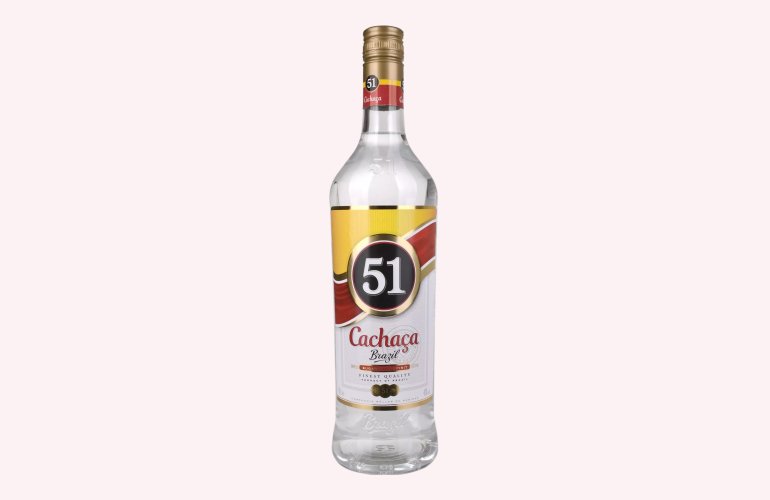 Source: expert24.com
Source: expert24.com
It is sometimes served with lemon or pineapple juice. The report also involves revenues strategies and product analysis of the various major players in the market. It is sometimes served with lemon or pineapple juice. Cachaça is the sugar cane spirit typical of and exclusively produced in Brazil which has alcohol content between 38 and 48 in volume at 20 oC. A review of the history and evolution of the sugar cane culture in Brazil is presented.
 Source: manila-wine.com
Source: manila-wine.com
Cachaca is the national liquor of Brazil a major producer of sugar cane. It is a clear liquor distilled from sugar cane juice and Brazilians draw a clear distinction between cachaca and molasses-based rums. Sugarcane is a plant that provides sugar and alcohol and its cultivation is originated from the Southeastern Asia. It was introduced in Brazil five centuries ago when the country was a. Extraction of sugars Juice extraction in Brazil is mainly carried out using mills which consist of sets of three to five rolls.
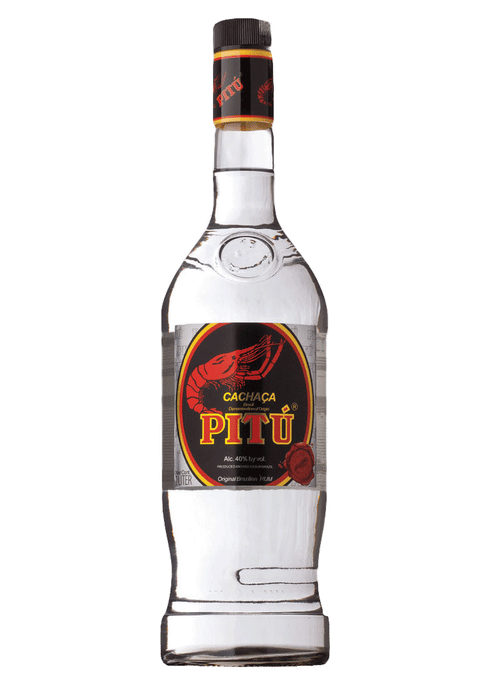 Source: totalwine.com
Source: totalwine.com
Uniform cane layer producing an adequate material for the subsequent step juice extraction. Cachaça is the sugar cane spirit typical of and exclusively produced in Brazil which has alcohol content between 38 and 48 in volume at 20 oC. The Brazilian cane sugar market is segmented by type into crystallized sugar and liquid sugar. Sugarcane cultivation in Brazil has been a key part of growing their local economy in recent history. Sugar cane throughout the world Chapter II and focuses on the evolution of the sugar cane culture in Brazil from 1500 to modern times.
Source: en.wikipedia.org
Cachaca is the national liquor of Brazil a major producer of sugar cane. Worlds largest producer of sugar cane the worlds largest exporter of sugar cane and is one of the worlds largest consumers of sugar cane fifth in the world. It is sometimes served with lemon or pineapple juice. From its sugar cane Brazil produces not only refined sugar but also anhydrous and hydrous alcohol mainly used as a blend in domestically-consumed gasoline. While Chapters III IV and V deal with the evolution of sugar cane used for the production of sugar.
 Source: liquorland.com.hk
Source: liquorland.com.hk
Extraction of sugars Juice extraction in Brazil is mainly carried out using mills which consist of sets of three to five rolls. Sugar cane throughout the world Chapter II and focuses on the evolution of the sugar cane culture in Brazil from 1500 to modern times. Ministry of Agriculture Livestock and Supply-Sugar Alcohol Dept 03162019 Sugarcane and Sugar Prices in the Domestic Market Sugarcane prices received by third party suppliers for the major producing states are based on a formula that takes into account prices for sugar and ethanol in both in the domestic and international markets. A review of the history and evolution of the sugar cane culture in Brazil is presented. It is a clear liquor distilled from sugar cane juice and Brazilians draw a clear distinction between cachaca and molasses-based rums.
 Source: pinterest.com
Source: pinterest.com
Sugar cane throughout the world Chapter II and focuses on the evolution of the sugar cane culture in Brazil from 1500 to modern times. It is obtained from the sugar cane fermented wort and has peculiar sensory characteristics. The Brazilian cane sugar market is segmented by type into crystallized sugar and liquid sugar. From its sugar cane Brazil produces not only refined sugar but also anhydrous and hydrous alcohol mainly used as a blend in domestically-consumed gasoline. It was introduced in Brazil five centuries ago when the country was a.
If you find this site serviceableness, please support us by sharing this posts to your preference social media accounts like Facebook, Instagram and so on or you can also bookmark this blog page with the title sugar cane liquor brazil by using Ctrl + D for devices a laptop with a Windows operating system or Command + D for laptops with an Apple operating system. If you use a smartphone, you can also use the drawer menu of the browser you are using. Whether it’s a Windows, Mac, iOS or Android operating system, you will still be able to bookmark this website.


